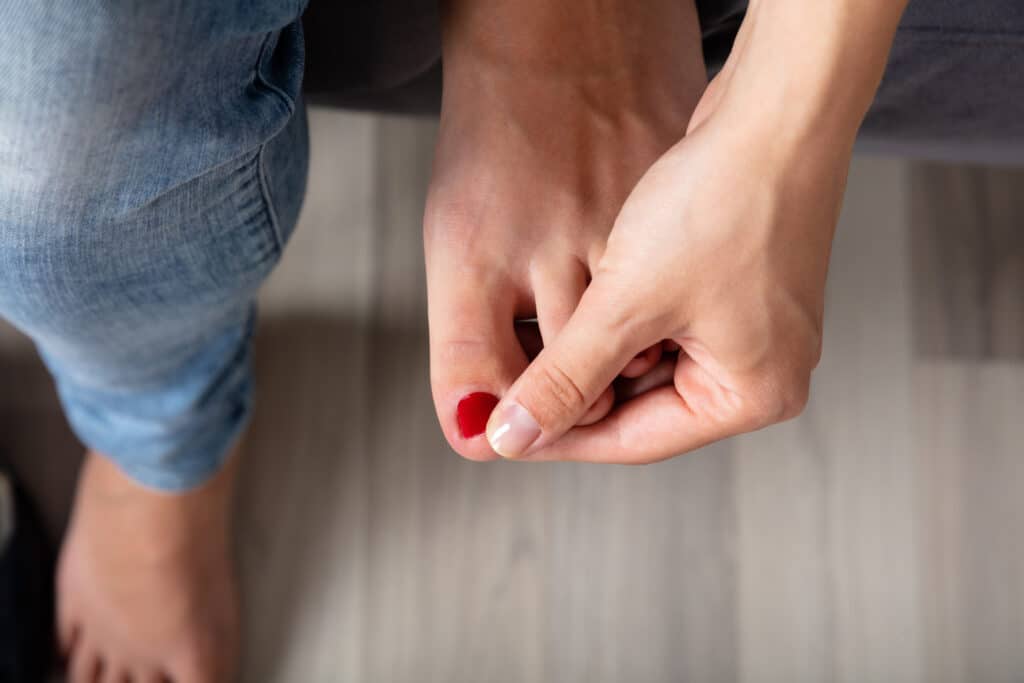
One of the most common medical conditions affecting the foot is plantar fascia strain. It is estimated that around 10% of the population will suffer from plantar fasciitis at some point in their lifetime. It typically causes severe pain in the heel or arch of your foot and is particularly common among athletes and individuals who stand for long periods. If you’ve been diagnosed with plantar fascia strain you may wonder if the condition will go away on its own. In this post, we’ll explore the various treatment options available to you.
In most instances, plantar fascia strain can get better on its own, without any medical intervention. However, this may take months to happen, given the complex structure involved in foot motion and the weight-bearing nature of the lower limbs. The body has its healing process, so it can take between six months to a year for the plantar fascia to heal itself. During this time, you may still feel the pain, and it may even intensify for a while during the healing process.
Physiotherapy is one of the most effective treatments for plantar fasciitis. Your physiotherapist will work with you on a set of exercises and stretches designed to reduce inflammation, strengthen your arch, and decrease pain. These exercises may include calf and arch stretches, Achilles stretches, and rolling focus on plantar fascia structures. The use of a night splint or orthotics can provide relief by providing better alignment and support for the foot.
Chiropractic care is another effective form of non-surgical treatment for plantar fascia strain. Chiropractors use a variety of manipulation techniques, gentle stretching, and massage to release tension in the foot and enhance overall physical function. Chiropractic treatment can also be useful in correcting body alignment issues that may contribute to the foot’s overall function and mechanics.
Other treatment options may include injections, medications, shockwave therapy, and surgery for chronic cases. It is important to note that the earlier the diagnosis, the better the efficacy of conservative treatment. Speak with a qualified healthcare provider to determine the best options for your individual situation.
In conclusion, plantar fascia strain can be a debilitating condition, but there are plenty of non-surgical treatments available to help manage the pain and heal the injury. In most instances, plantar fasciitis will heal itself over time, but physiotherapy and chiropractic care can help speed the healing process and ultimately reduce the risk of recurrence. While injections, medications, and surgery are other available options, conservative treatment options should always be first considered as they have a lower risk of side effects. In case of foot pain, it is best to consult with a qualified healthcare professional to determine the best course of treatment for your individual needs.
If you have any questions or would like to explore further, please book a free, no-charge online appointment with either myself, Dr. Laura Rashty, BSc, DC, or another Kitchener chiropractor at CARESPACE. We are happy to listen and are here to help!

